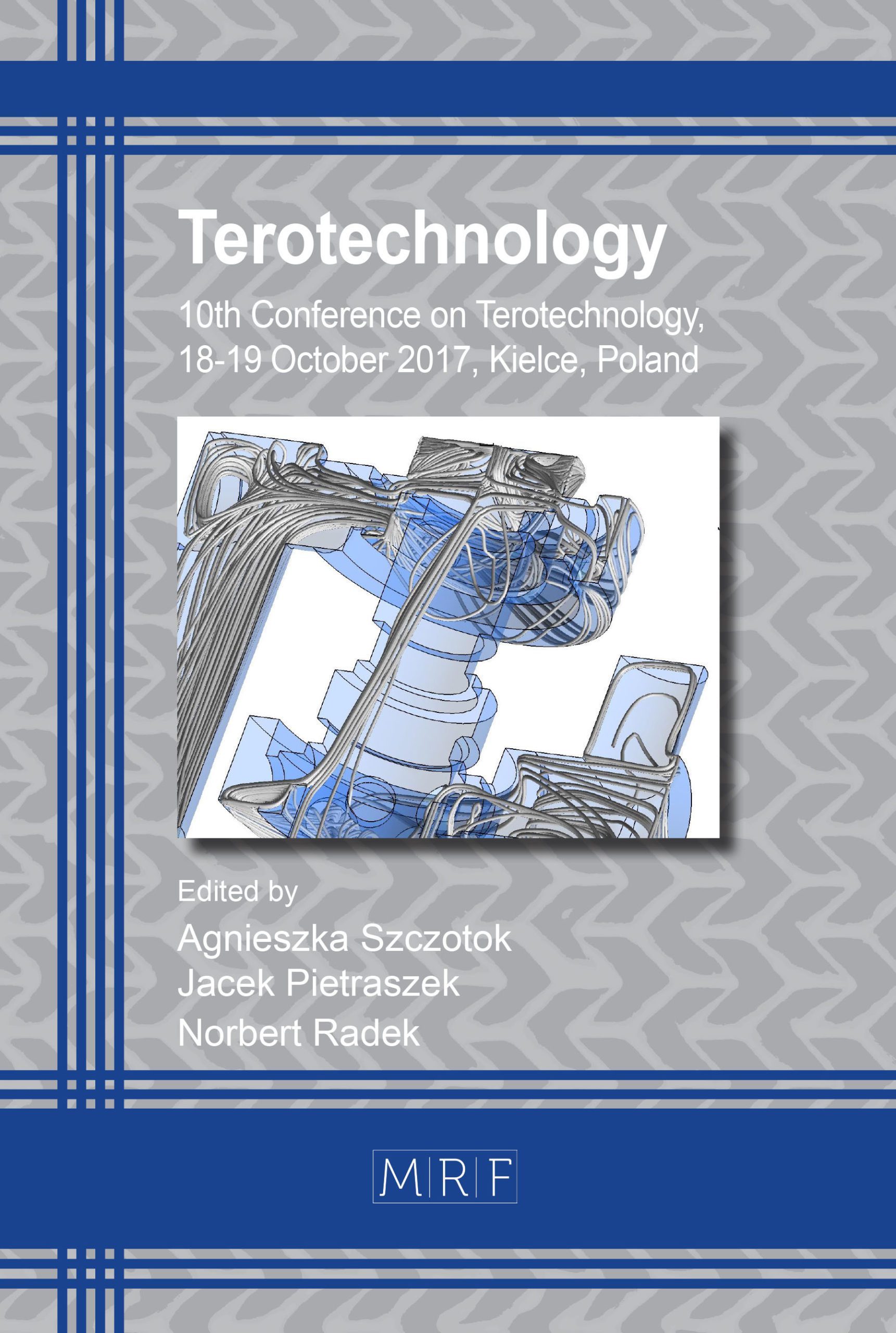Fire Tests of Non-Metallic Materials for Walls and Ceilings in Rolling Stock
RADZISZEWSKA-WOLIŃSKA Jolanta Maria, MILCZAREK Danuta
download PDFAbstract. The article discusses fire parameters of composites made on the basis of polyester resin, proposed for use in rail transport. The modifications and their effect on the flammable properties of these materials have been described. It has been shown that achieving the intended goals such as weight reduction or improvement of the aesthetics of the surface significantly changes parameters related to heat emission and flame propagation. In connection with the above, the scope of the introduced changes requires conducting control tests in the field of fire safety.
Keywords
Fire Tests of Railway Materials, Critical Heat Flux at Extinguishment, Lateral Spread of Flame on Products, Cone Calorimeter, Maximum Average Rate of Heat Emission
Published online 7/16/2018, 6 pages
Copyright © 2018 by the author(s)
Published under license by Materials Research Forum LLC., Millersville PA, USA
Citation: RADZISZEWSKA-WOLIŃSKA Jolanta Maria, MILCZAREK Danuta, ‘Fire Tests of Non-Metallic Materials for Walls and Ceilings in Rolling Stock’, Materials Research Proceedings, Vol. 5, pp 90-95, 2018
DOI: http://dx.doi.org/10.21741/9781945291814-16
The article was published as article 16 of the book Terotechnology
![]() Content from this work may be used under the terms of the Creative Commons Attribution 3.0 licence. Any further distribution of this work must maintain attribution to the author(s) and the title of the work, journal citation and DOI.
Content from this work may be used under the terms of the Creative Commons Attribution 3.0 licence. Any further distribution of this work must maintain attribution to the author(s) and the title of the work, journal citation and DOI.
References
[1] EN 45545-2:2013 Railway applications – Fire protection on railway vehicles – Part 2: Requirements for fire behaviour of materials and components
[2] ISO 5658-2:2006 Reaction to fire tests – Spread of flame. Part 2: Lateral spread on building and transport products in vertical configuration.
[3] ISO 5660-1:2015 Plastics – Reaction-to-fire tests-Heat release, smoke production and mass loss rate – Part 1: Heat release rate (cone calorimeter method) and smoke production rate (dynamic measurement).
[4] S. Boryniec, W. Przygocki , Procesy spalania polimerów. Cz III Opóźnianie spalania materiałów polimerowych, Polimery, 44 (1999) 656-665 (in Polish).
[5] E. Kocko-Walczak, Uniepalnianie nienasyconych żywic poliestrowych . Dotychczasowe osiągnięcia oraz nowe propozycje, Przemysł Chemiczny, 80 (2001) 576-579 (in Polish).
[6] S. Bourbigot, S. Duquesne, Fire retardant polymers, recent developments and opportunities, Journal of Materials Chemistry, 17 (2007) 2283-2300. https://doi.org/10.1039/b702511d
[7] E. Kocko-Walczak, Nowe bezhalogenowe antypireny-uniepalnianie nienasyconych żywic poliestrowych z zastosowaniem związku boru, Polimery 53 (2008) 126-132 (in Polish).
[8] D. Riegert, Sposoby modyfikowania właściwości palnych tworzyw sztucznych, Bezpieczeństwo i Technika Pożarnicza, 30 (2013) 51-57 (in Polish).
[9] W. Zatorski, K. Sałasińska, Analiza palności nienasyconych żywic poliestrowych modyfikowanych nanocząsteczkami, Polimery 61 (2016) 815-823 (in Polish). https://doi.org/10.14314/polimery.2016.815
[10] J.M. Radziszewska-Wolińska, D. Milczarek, Uniepalnienie materiałów niemetalowych a ich właściwości funkcjonalne, TTS 11-12 (2012) 56-59 (in Polish).
[11] D. Hohenwarter, Experience Gained from Fire Testes According to EN 45545-2 and DIN 5510-2 for Testing of Seats, Railway Reports, 60 (2016) 27-38.
[12] IMO resolution A653 (16), International Code for Application of Fire Test Procedures, 1998 Edition.































